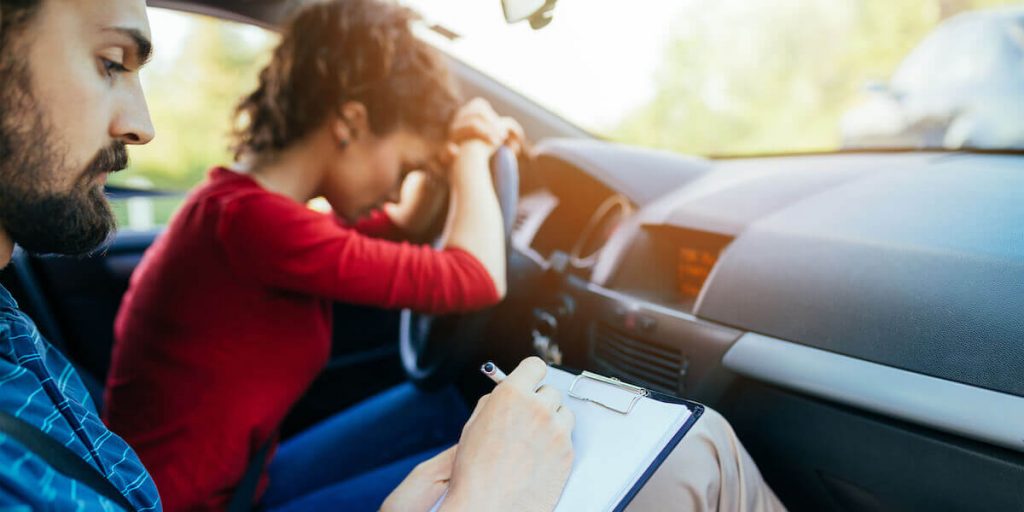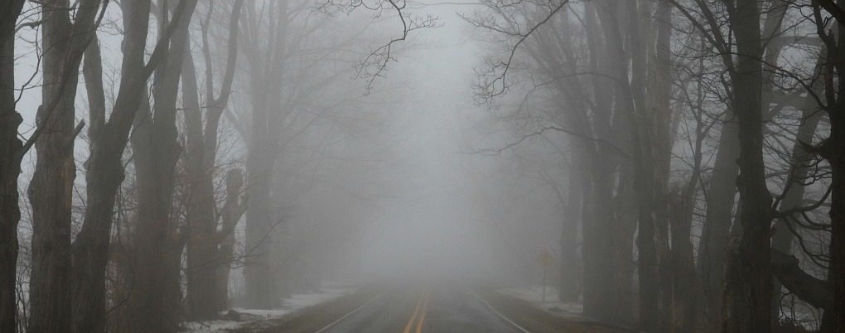11 Tips To Drive Safely At Night Time
By Madinah on Jan 18, 2021If you have ever been on the roads late at night, it is not wrong to say that you must have experienced some fear. As per the surveys, road accidents commonly happen at night. No matter how healthy eyes you have, still you have human eyes that can lack focus or fail to see something. So, the only way to decrease the chances of a vehicle collision at night is by being highly cautious, vigilant, and especially sober along with using some helpful tricks and following driving laws.
To drive safely through the darkness of night, even if you are on the dangerous terrains, the following tips will guide and help you.
The Best Use Of Headlights
First, you must understand that there are two sorts of headlights: high beam (shine up to 500 ft.) and low beam (shine up to 250 ft.). Driving in a rural or open area will require the use of high beams to improve long-distance vision. Not using high beam light even in the dark, will be a big mistake. Second, headlights are used to show you the road ahead not to blind the upcoming traffic. And lastly, aim your headlights in the right direction, neither uneven nor unnecessary points lowered. Accurate placement will help you see ahead. It would be better to replace your old incandescent bulbs with new ones before hitting the road.
Avoid Looking At Oncoming Lights
It is surprising to say but you must avoid looking directly in the direction of the bright lights. At night, you are adjusted to dark and dim instrumentation and sudden exposure to the bright lights can mess up your focus. Do not stare into oncoming high beams instead turn your gaze. And, if the car behind you has high beams, set your rear view mirror to create reflection. It will alert the driver about the inconvenience you are facing.
Keep Your Mirrors And Windshield Clean
This is one of the best tips and you must follow it at all costs. The mirrors should always be clean, undamaged, and perfectly set to offer improved visibility. The same is the case with the windshield. Dirty or cracked mirrors and windshields will reflect the distorted light causing a distraction by producing glare. The best practice is to keep the exterior mirrors slightly downward to avoid the reflection caused by the other car's high beams.
Well, if you have the latest model car, always switch your rear-view mirror to the Night or Auto Dim setting. It is specially designed to lessen the glare effects.
Be Smart With The Fog Lights
Some people use fog lights all the time while they are driving for better vision but that is not necessary practice. Although, fog lights are better than a high beam headlight as these can spread wider making you have a view farther beyond but their best use is for foggy nights. If you are aiming the fog lights higher, it will e giving you no advantage. The proper placement is to always point them downwards, as low as possible. High aimed lights will produce glare blinding the upcoming traffic.
Keep A Decent Distance
This goes without saying but keeping a safer distance with the vehicles ahead and behind you is always recommended whether you are driving at night or in the daylight. The recommended distance is 2-seconds minimum which must be increased in foggy, rainy, or snowy weather.
Prefer Defensive Driving
Always be a defensive driver!
Stay alert and develop the skill of anticipating potential road hazards. You must be able to determine a safe way out to lessen the chances of a collision. Always check your blind spot before switching lanes. There is nothing wrong with being extra vigilant at night because you may not only encounter frantic drivers but also animals.
Alcohol And Drive Don’t Go Along
Driving while drinking? NOT A GOOD IDEA!
Do you know how much the rate of alcohol-related accidents has increased in the past few years?
As per the highway traffic surveys, if the driver is drunk, he has 4 times higher chances of getting involved in any serious accident or vehicle collision, especially at night. Driving under the influence can cause you to lose your license or a hefty fine. In case of encountering a drunk driver, it is advised to stay at a maximum distance and call 911.
What To Do With The Instrument Panel And Dash Lights?
The only way to drive safely at night is to minimize distractions. The foremost action must be dimming the instrument panel and dash lights. Having a brightly lit infotainment screen or fancy lights on the dashboard will only create an unnecessary distraction while hindering the vision. By using the night interior lights, you will get rid of the reflections letting your eyes adjust effectively to the dark road.
Watch For Signs Of Fatigue
All humans feel tired and it is no surprise that every driver, no matter what vehicle is he driving, needs rest breaks. Never ignore the signs of fatigue. As you are used to sleeping at night and darkness around will make your brain release more sleep-inducing melatonin, you will get drowsy and feel lethargic. Drowsy driving puts not only you but everyone else on the road at a higher risk.
Feeling tired? Pull away your vehicle on the side and take a break. If possible, take enough rest and sleep before hitting the road just to ensure that you are well-rested. Stay diligent whenever you’re behind the steering.
Be Visible When Pulled Off
Do you plan to pull off your vehicle at any point in the night? If yes, then make sure you are visible to the ongoing traffic.
It is important to make yourself clearly noticeable. You can do it either by turning on the indicators or hazard lights. Wearing a reflective safety vest will be of great help. Another way is to put reflective tape on the front and rear of your vehicle. Well, if you are carrying flares, you can put them on the vehicle’s rear-end.
Avoid Two-Lane Highways
Traveling at nighttime is challenging enough, especially if the weather is not suitable, and driving on 2-lane highways will be the absolute wrong choice. The headlights glare, and sharp turning curves must be avoided. If possible, choose an alternative safer route.


